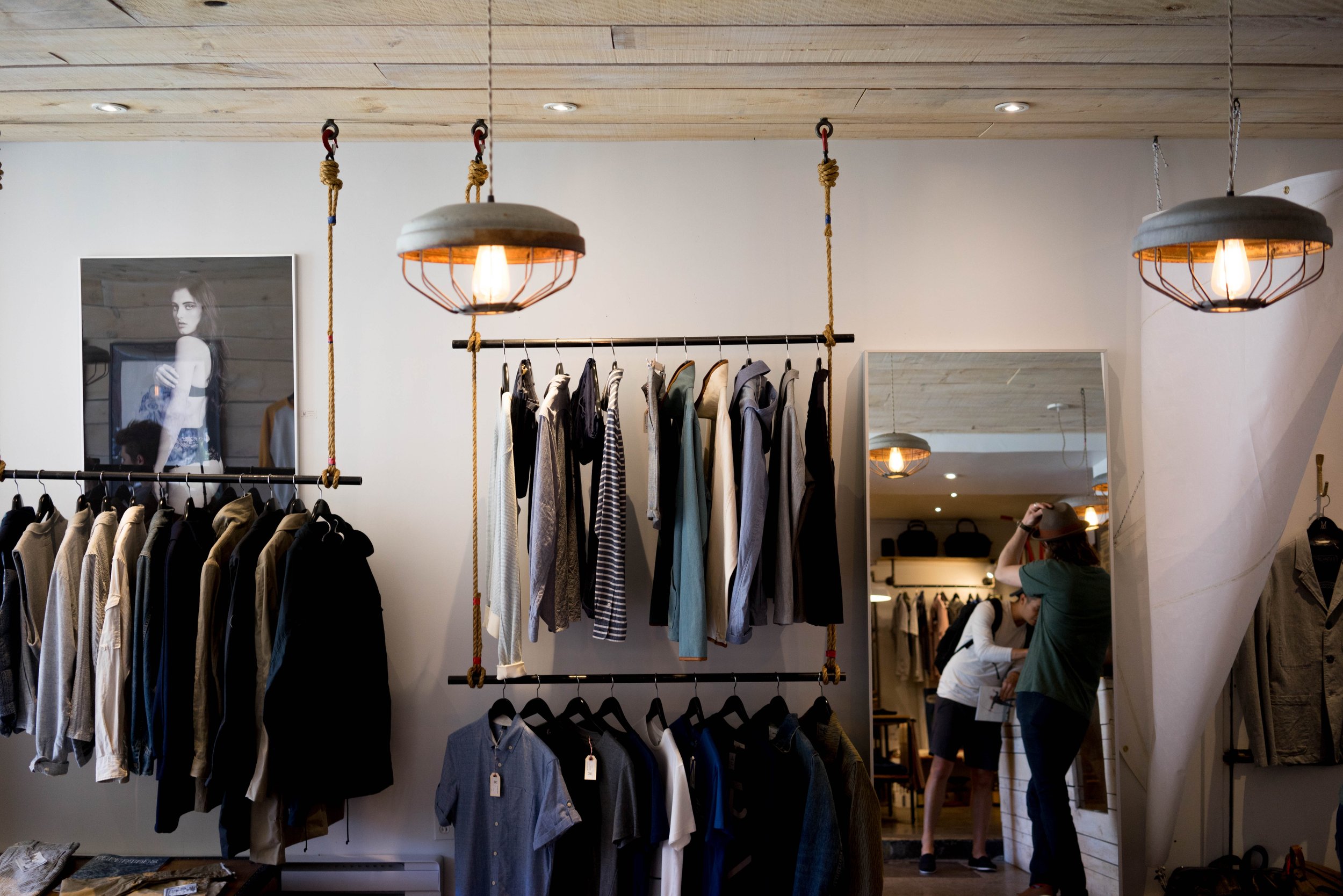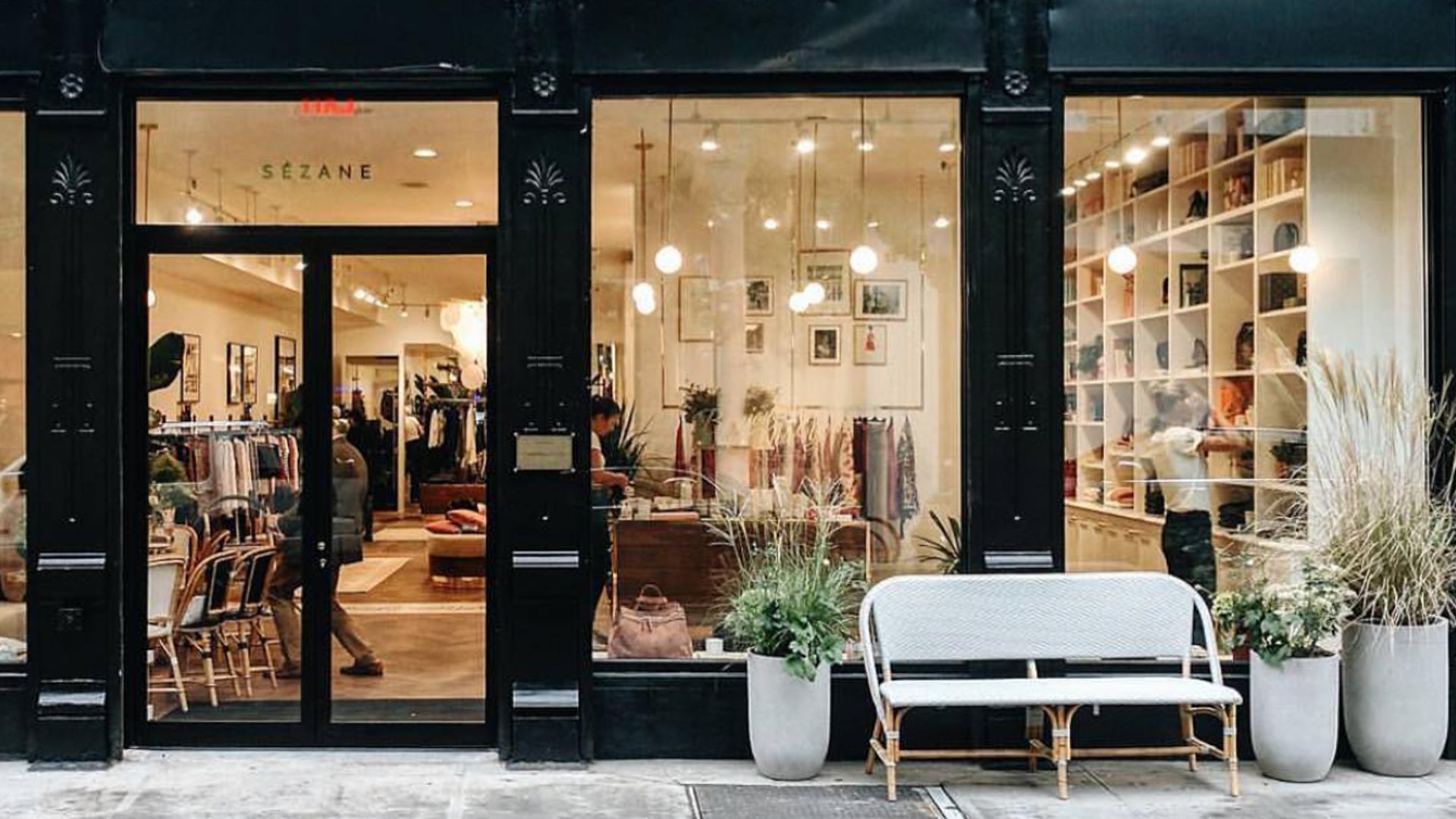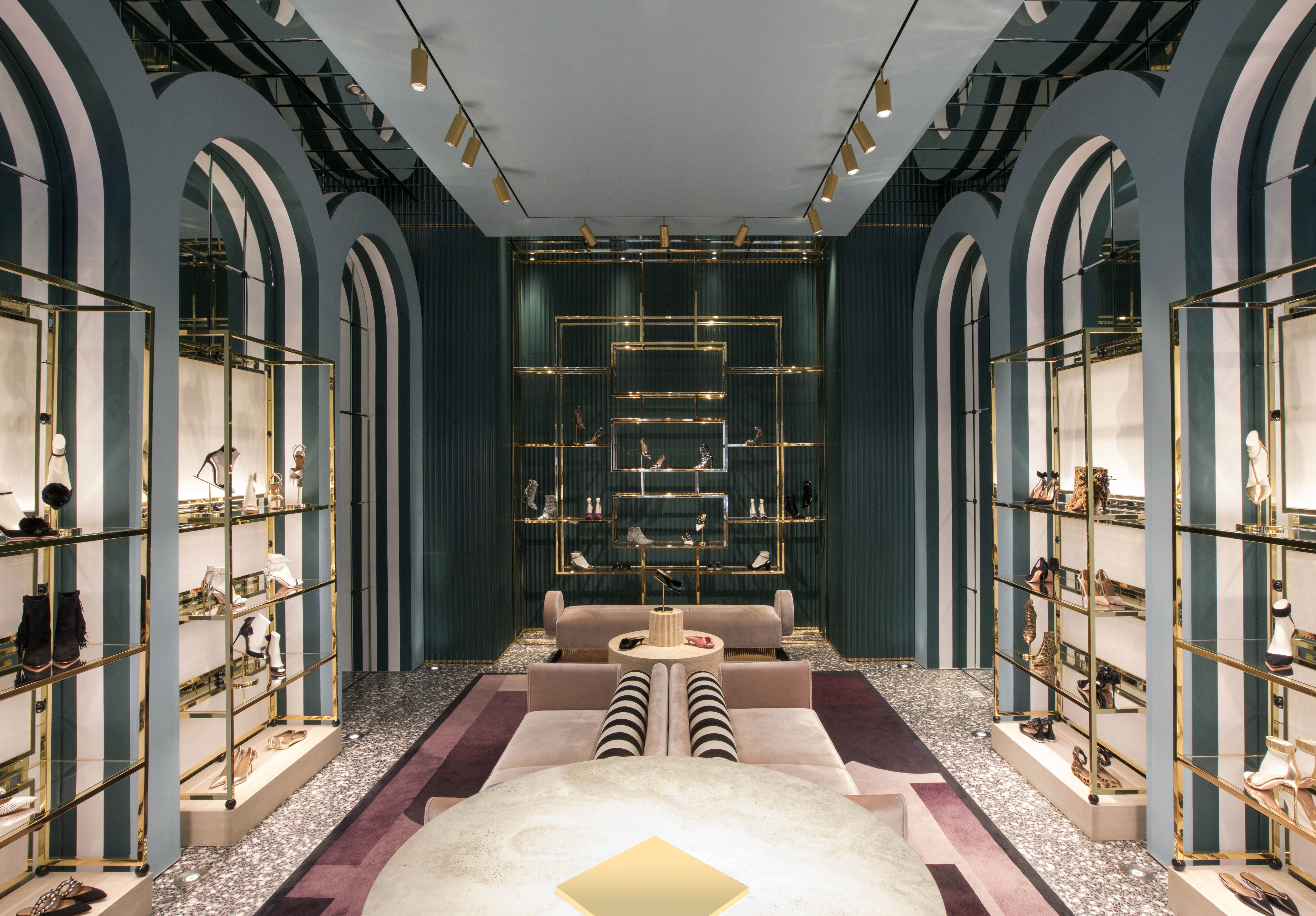Exactly how to Style Your Attires with Boutique Fashion Discovers
Exactly how to Style Your Attires with Boutique Fashion Discovers
Blog Article
Discovering the Evolution and Impact of Apparel on Modern Fashion Trends
The evolution of clothes has substantially affected modern fashion patterns, combining historic criteria with innovative technologies. Legendary numbers like Coco Chanel and Yves Saint Laurent transformed the fashion market by presenting concepts that prioritize comfort and ease of access, which continue to resonate today.
Historic Style Influencers
In the tapestry of fashion background, specific figures have actually left an indelible mark, forming the patterns and styles that specify entire eras. Coco Chanel, a cutting edge developer, redefined ladies's style by presenting comfy, classy apparel that departed from limiting bodices.
Elsa Schiaparelli is one more essential number, renowned for her progressive layouts that included surrealist art, teaming up with Salvador Dalí to create whimsical pieces that challenged standard aesthetics. Her ingenious use color and strong patterns resounds in modern fashion. Yves Saint Laurent, on the other hand, equalized high fashion with prêt-à-porter collections, bringing runway designs to the masses and establishing a precedent for contemporary ready-to-wear lines.
These dreamers, to name a few, not only transformed style in their times yet also set withstanding fads that reverberate in today's fashion business, offering a structure whereupon modern designers remain to innovate and develop. Their traditions emphasize the significance of imagination and bold in vogue's ever-evolving narrative.
Technological Innovations in vogue
In the middle of the vibrant landscape of the fashion business, technical improvements stand at the center of innovation, reshaping exactly how developers create and consumers involve with style. The assimilation of 3D printing has actually changed design processes, making it possible for designers to explore intricate structures and sustainable materials that were previously inconceivable. This innovation assists in fast prototyping, lowering waste and expediting production times.

Smart fabrics, embedding modern technology into materials, are additionally transforming the sector. Innovations like temperature-regulating and self-cleaning fabrics use enhanced performance and convenience. Wearable technology, integrating attributes like health and fitness tracking and interaction, includes a new dimension to style, combining aesthetic appeals with usefulness.
Cultural Shifts and Style
As technological developments proceed to improve the style industry, cultural shifts are equally prominent, redefining style and customer choices. In the last few years, the rise of social media platforms has sped up the circulation of international style fads, allowing varied social impacts to exist together and merge. This electronic interconnectivity has actually facilitated the fast exchange of concepts, leading to a more inclusive and eclectic interpretation of design that mirrors the diverse nature of contemporary culture.
Social recognition and gratitude have triggered developers to attract motivation from a wider spectrum of ethnic and historical contexts, integrating conventional themes with modern aesthetics. This fusion has led to style that reverberates with a bigger target market, advertising a sense of identification and belonging across different demographics. In addition, the increasing demand for personalization has actually driven brand names to provide adjustable alternatives, making it possible for consumers to express originality while reflecting their social heritage.
Additionally, shifting societal values have affected style, with inclusivity and variety becoming central styles. The market has actually started to welcome versions and influencers of numerous physique, ethnicities, and gender identifications, difficult standard elegance criteria. This change highlights the power of cultural shifts fit the future of style, as design becomes a my latest blog post more genuine expression of collective and individual identification.
Sustainability and Modern Style
While the garment industry remains to evolve, the important for sustainability has actually ended up being increasingly urgent, affecting contemporary design practices. This change intends to deal with ecological problems and ethical factors to consider, resulting in a reevaluation of traditional manufacturing methods. Designers are currently integrating lasting products, such as organic cotton, recycled polyester, and eco-friendly materials, right into their collections, reducing the ecological impact of style. The surge of slow style, which highlights quality over quantity, motivates customers to buy ageless items rather than short-term trends.
Moreover, contemporary style is characterized by its development in reducing waste and advertising circularity. Strategies such as zero-waste pattern cutting and 3D knitting are acquiring grip, permitting web developers to produce garments with very little material wastage. Additionally, brand names are taking on clear supply chains, making sure responsibility and promoting consumer trust. This strategy not just reduces environmental influence yet additionally improves the social obligation of fashion houses.

Future Trends in vogue

Sustainability will certainly remain to be a driving force in forming future style patterns. The industry is significantly embracing environmentally friendly products and honest production techniques, replying to an expanding consumer need for responsible techniques. Advancements such as bio-fabricated materials and closed-loop recycling systems are readied to redefine how apparel is created and eaten, minimizing ecological effect while keeping style and top quality.
Cultural changes, including the increase of inclusivity and diversity, will likewise play a pivotal function. As society ends up being extra knowledgeable about social concerns, fashion is expected to come to be a platform for expression and modification. Developers will likely concentrate on developing collections that show a more comprehensive series of experiences and identifications, championing representation and access.
Conclusion
The evolution of clothes dramatically influences contemporary fashion trends, where historical influences merge with modern designs. This recurring evolution highlights style's function as a mirror to societal values and technological advancement, suggesting a future abundant with technology and inclusivity.
The advancement of apparel has see this page actually substantially affected contemporary fashion trends, merging historic criteria with innovative developments.Amidst the dynamic landscape of the style market, technological advancements stand at the center of technology, reshaping how developers develop and customers involve with fashion.While the fashion sector continues to develop, the crucial for sustainability has become significantly urgent, affecting contemporary design techniques. As sustainability ends up being ingrained in contemporary design, it leads the method for an extra liable and conscious fashion market.
The evolution of apparel considerably impacts contemporary fashion patterns, where historical impacts combine with contemporary layouts.
Report this page